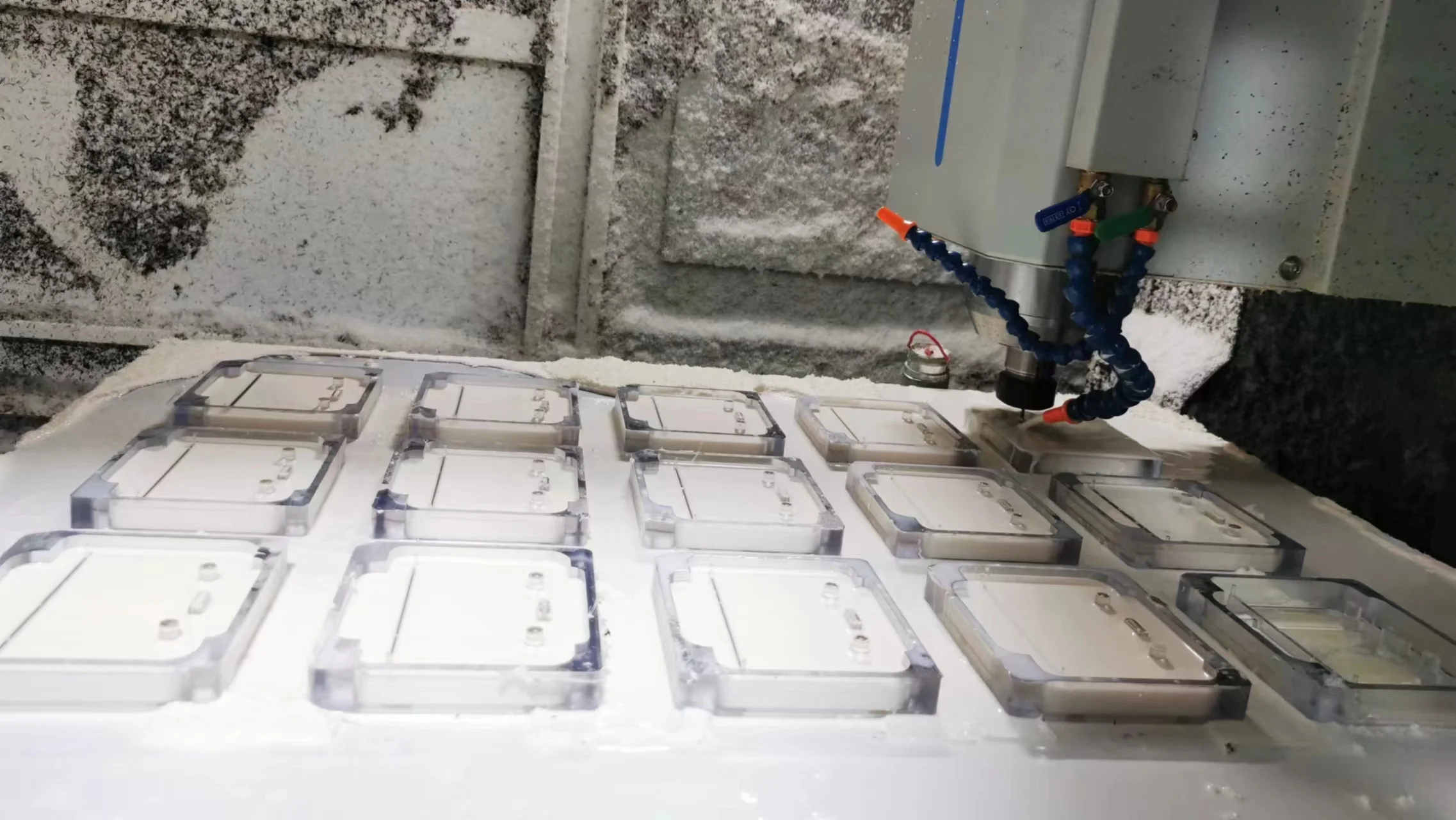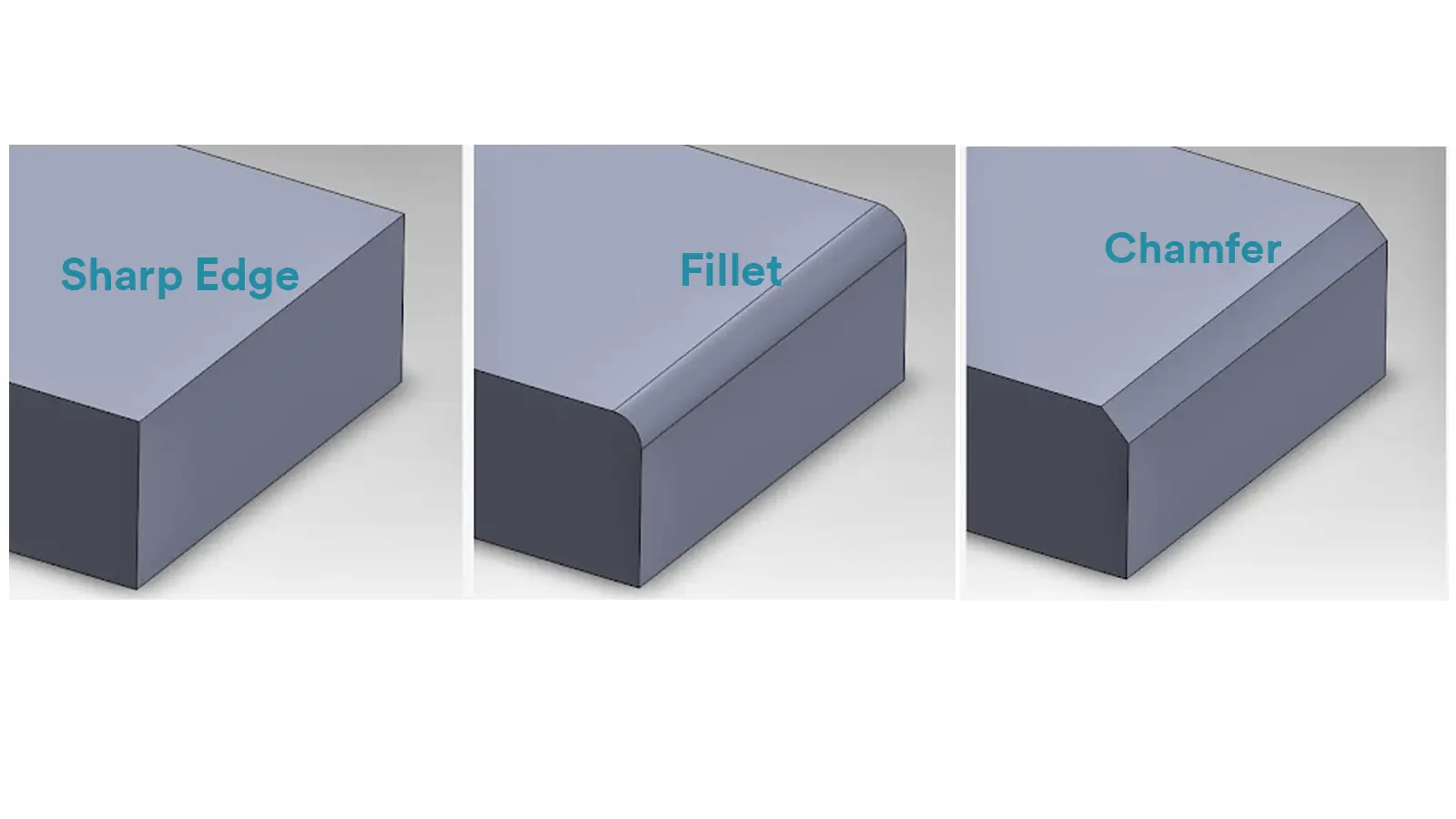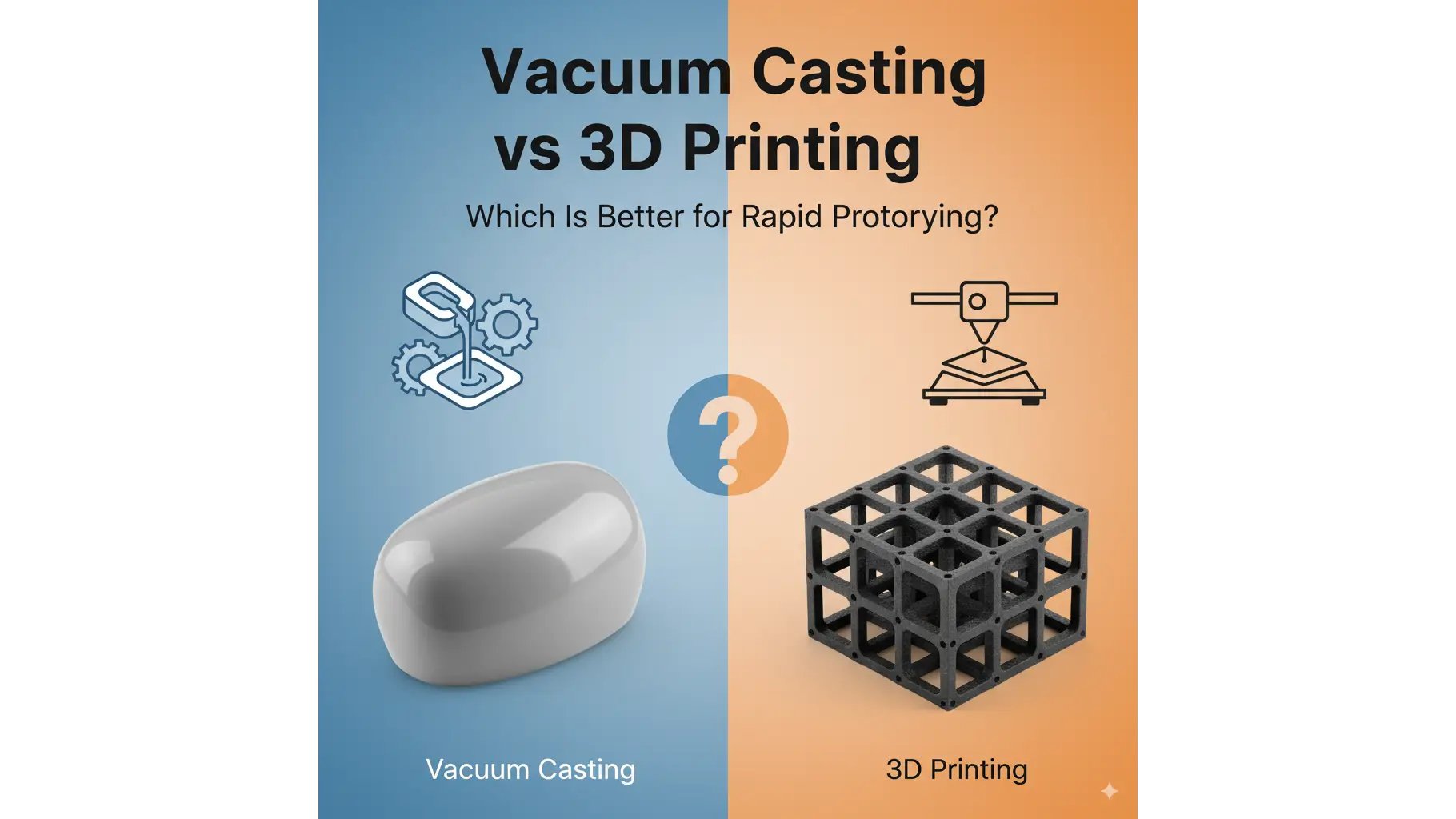Table of Contents
GD&T Independency Symbol is the principle used to separate the relation between size and form tolerance, providing more flexibility to manufacturing. With the indication of independency symbol, a feature’s size and form can be controlled independently to meet specific functional requirements.
1. What is GD&T Independency Symbol?
The GD&T Independency Symbol is used to refine geometric control beyond the default envelope principle(Rule #1). When indicated on an engineering drawing, independency symbol declares that the requirement for perfect form at MMC or LMC is removed and the form tolerance is allowed to be larger than the size tolerance.
According to the ASME standards, all features follow the default rule that assumes form is related to size and is under control of size. The default rule is named as Rule #1, also Envelope Principle.
However, if you want to make the control on size and form work separately, you can use GD&T independency symbol to break the default rule and convey your design. It comes into play when size control is critical while form control is not that important, especially when features are not to be mated.
And independency symbol GD&T is only suitable for certain feature of size. Such feature of size includes cylindrical features like shafts or hole, and features with two parallel planes like keyways.
What’s more, note that although independency symbol is used to make geometric tolerance independent from dimension tolerance, it can be used in the situation where only dimension tolerance is indicated but no form tolerance indicated.
Besides that, attention to that independency symbol only exist in the ASME Y14.5 Standards but not the ISO Standards. For ISO Standards, instead, independency principle is the default rule.
2. How to Show GD&T Independency Symbol on Engineering Drawings?
In order to use GD&T Independency Symbol properly, you should know how to recognize it and show it on an engineering drawing.
In Geometric Dimensioning and Tolerancing, the symbol of independency principle is a capital “I” in a circle(I). The symbol is usually applied to an individual feature of size by indicating it next to the dimension tolerance as follows.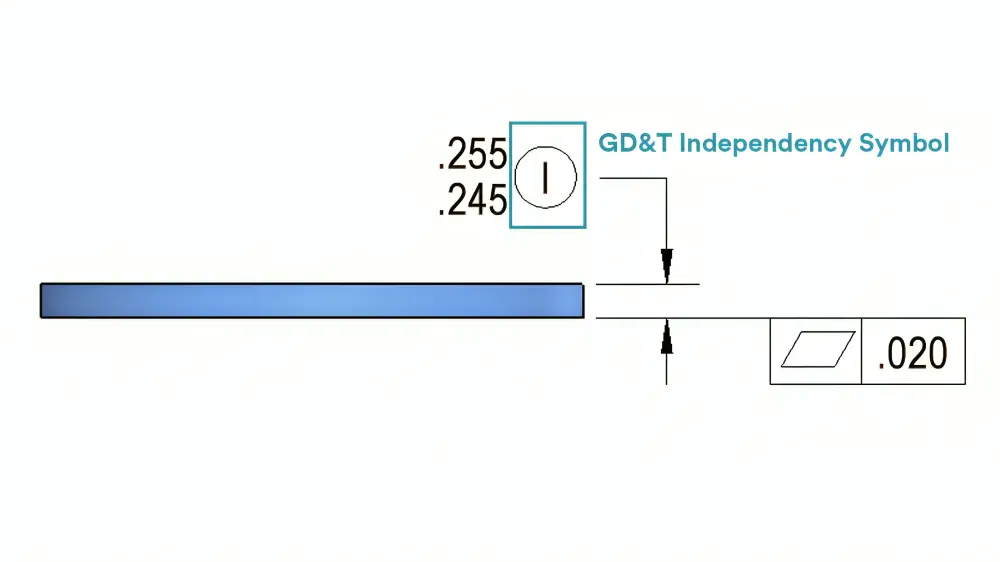
With the independency symbol indicated beside the dimension tolerance, it conveys to manufacturers that size and form are controlled independent of each other.
And note that the form of a feature is uncontrolled wherever the Independency Symbol is applied, even when there is a form tolerance indicated like the flatness above, the form control is unrelated to the size control.
3. Drawing Examples with Independency Symbol Explained
Below are some drawing examples with independency symbol and their interpretations.
Figure 1 is a plate under control of GD&T independency symbol. There is only dimension tolerance and no any form tolerance. In this case, what matters is that all two-point measurements should be inside the tolerance zone of size, while the deviation of flatness is not that crucial.
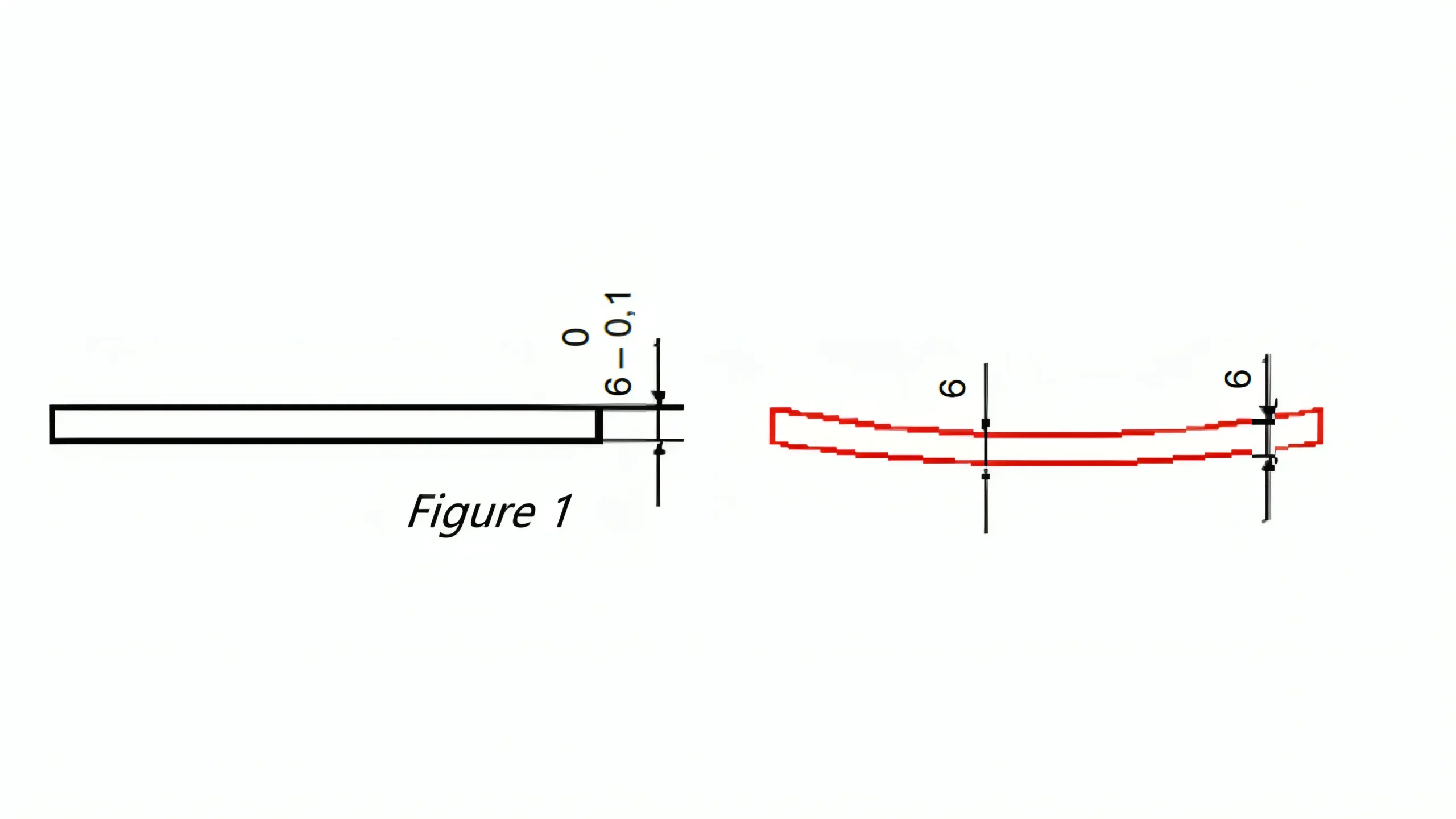
General tolerances are completely sufficient for control of form deviation such as flatness or straightness since there may be no need for mating of the plate with another component.
Figure 2 is a plate with the indication of independency symbol. It is controlled by both size tolerance and form tolerance. However, with the effect of independency symbol, the form is able to deviate beyond the envelope of perfect form at Maximum Material Condition(MMC).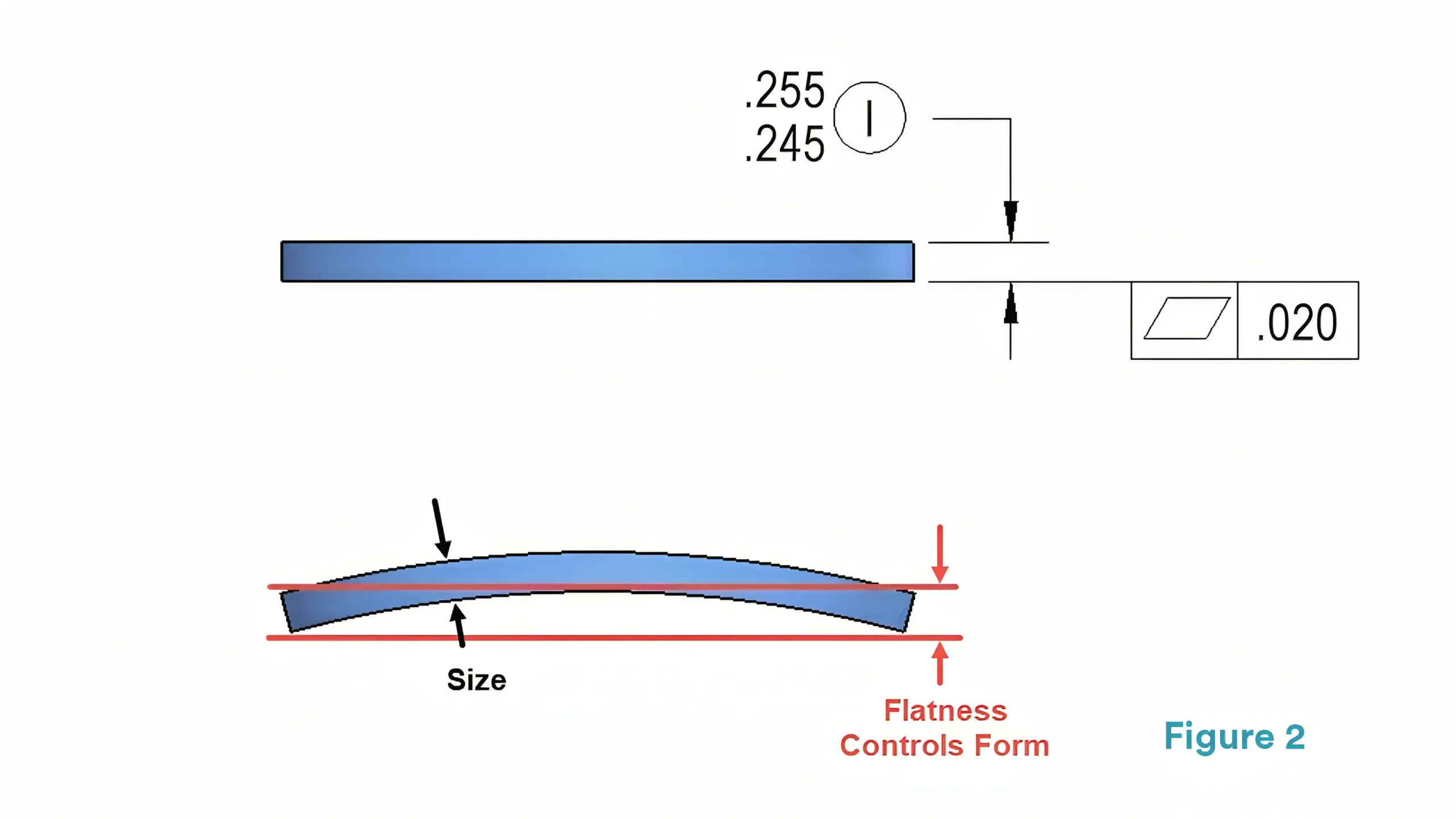
In this case, the size is controlled to be shift from .245 to .255 and the flatness is controlled by tolerance .020. Still, any actual local size must measure within the indicated size tolerance. But the distance between the top point and the bottom point on the bottom surface can achieve to be .020.
While that without independency symbol should be controlled as below:

The form is completely controlled within the size tolerance by envelope of perfect form at Maximum Material Condition.
Figure 3 is a shaft whose straightness tolerance is larger than the size tolerance. Independency principle allows the geometric deviations to be at a maximum whether or not the cross sections of the respective features are at maximum material condition.
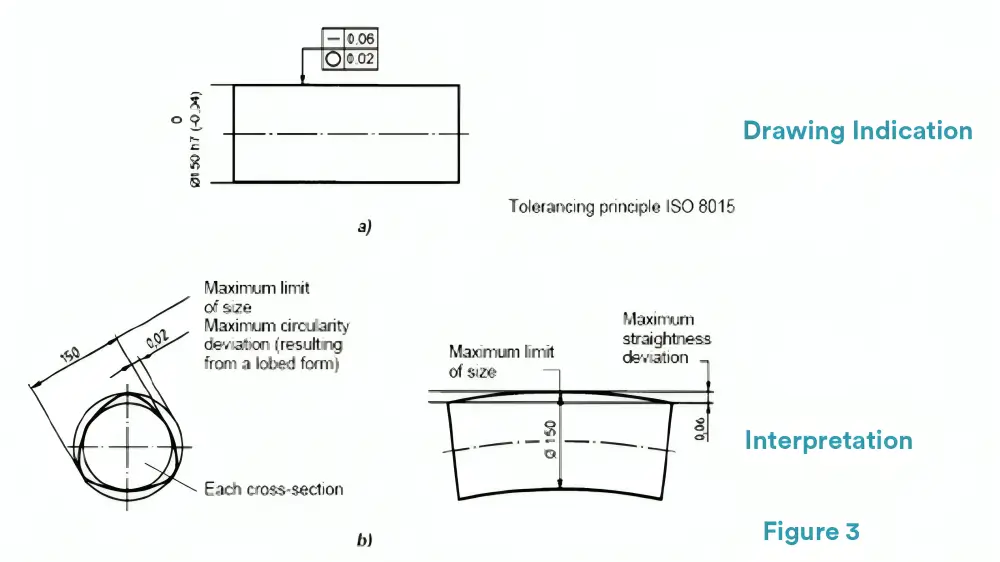
4. Conclusion
GD&T Independency Symbol plays a critical role when it needs to apart form control from size tolerance. It is important for manufacturers to learn it clearly. If you have any other confusion, please contact with us directly.

Lucas is a technical writer at ECOREPRAP. He has eight years of CNC programming and operating experience, including five-axis programming. He also spent three years in CNC engineering, quoting, design, and project management. Lucas holds an associate degree in mold design and has self-taught knowledge in materials science. He’s a lifelong learner who loves sharing his expertise.


